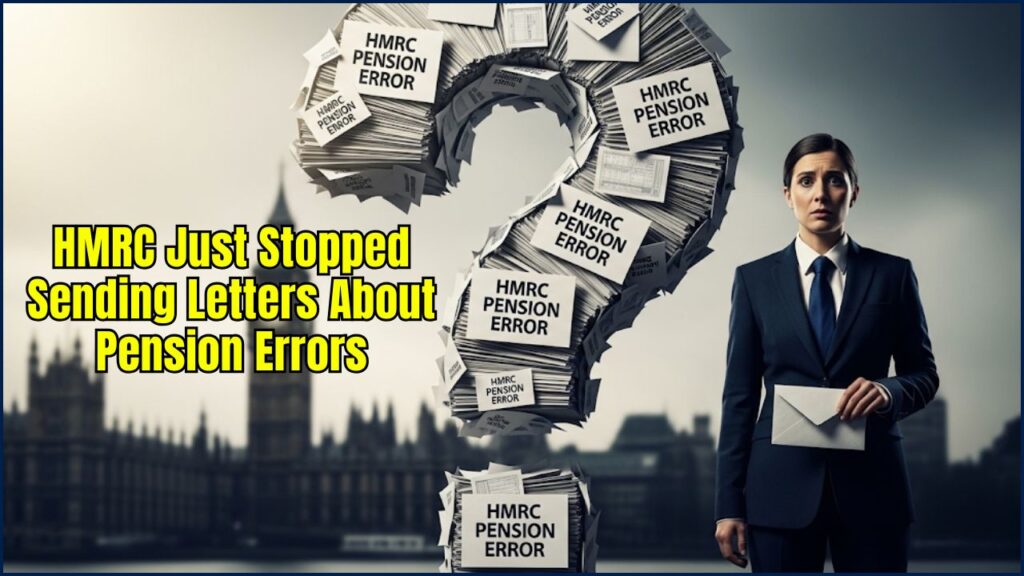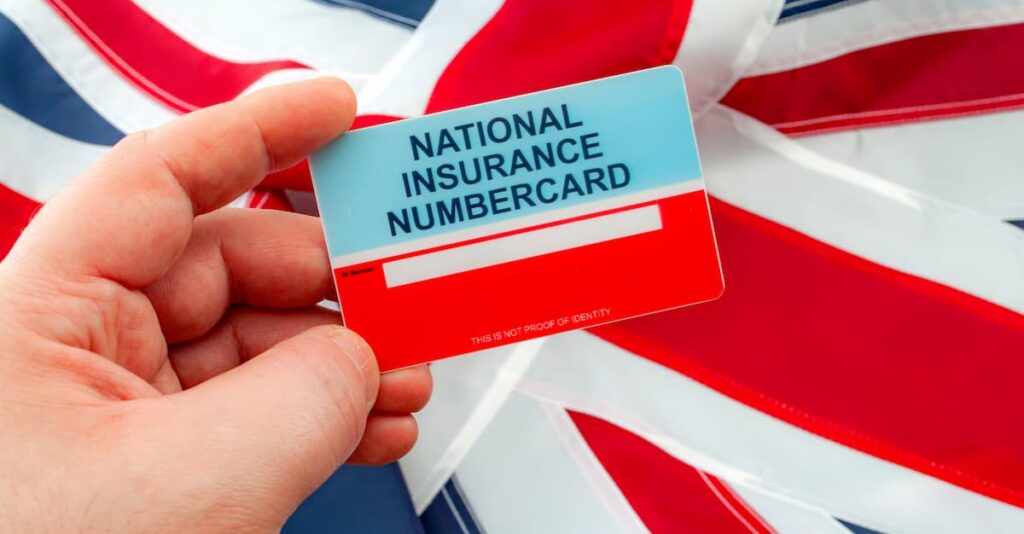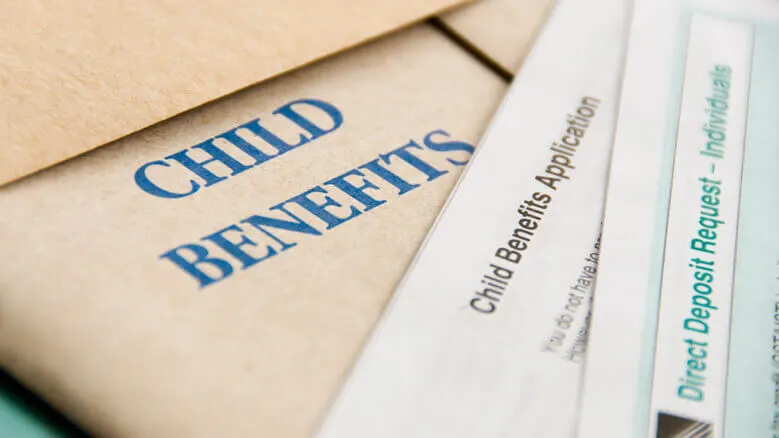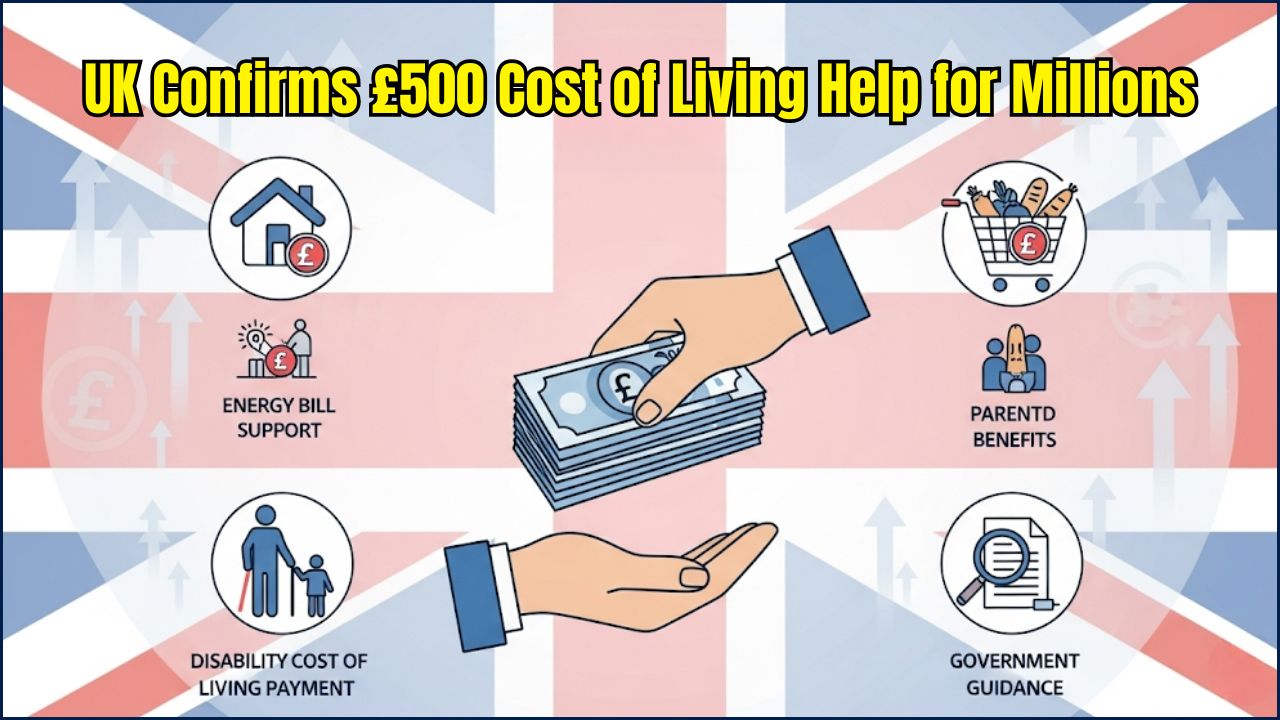If you’ve ever cared for a child or family member and later found your State Pension check falling short, this could be the wake-up call you didn’t know you needed. HMRC just stopped sending letters about pension errors related to Home Responsibilities Protection (HRP), and thousands of Americans and British expats could be missing out on thousands of dollars or pounds in back pay—without even knowing it.

Let’s break this down clearly: This isn’t just a boring bureaucratic slip-up. It’s a real-deal money issue that could be impacting people across the board—especially those who were caregivers during key years and didn’t get full credit on their National Insurance (NI) record.
HMRC Just Stopped Sending Letters About Pension Errors
| Topic | Details |
|---|---|
| Issue | HMRC no longer proactively contacting people missing HRP credits |
| Impact | Potential loss of thousands in State Pension and back pay |
| Affected Group | Mostly women/caregivers born between 1930-1970 |
| Eligibility Window | 1978 to 2010 (Home Responsibilities Protection years) |
| Deadline | March 31, 2027 |
| Average Compensation | £5,000 (~$6,500 USD) |
| Max Known Payout | £30,000+ |
| Action Link | GOV.UK HRP Application |
This is a rare second chance to make things right with your pension. If you or someone you know stayed home to raise kids, cared for someone vulnerable, or even had a spotty work record, check now. HMRC isn’t knocking on doors anymore — but the money’s still waiting.
What Is Home Responsibilities Protection (HRP), Anyway?
Let’s say you were a stay-at-home parent, or maybe took care of an aging parent between 1978 and 2010. You probably weren’t working full-time, so you may not have paid enough into your National Insurance (NI). That’s where HRP comes in—it was designed to protect your State Pension by crediting you for those caregiving years.

But here’s the kicker: If you claimed Child Benefit or Income Support back in the day and your NI number wasn’t recorded properly, you could be missing credit for those years. That’s what this is all about.
“The government essentially told people, ‘Don’t worry, we’ve got you covered’—but then didn’t keep great records. Now it’s on us to fix it,” says pension expert Steve Webb.
The Problem: HMRC Has Stopped Reaching Out
From December 2023 to September 2024, HMRC sent out around 370,000 letters to people it believed were impacted by missing HRP years. Only 12,400 people acted on them.
Now, the UK government has quietly said, “No more letters.” If you’re still missing NI credits, it’s on you to find out and claim.
“We’re talking about billions budgeted, but only a small slice claimed,” says Martin Lewis, founder of MoneySavingExpert.
That means you or someone you love might be owed serious money, but you’ll never know unless you check.
How Much Money Are We Talking About?
- Average payout: £5,000 per person
- Max payouts reported: £30,000+
- Gov’t budget: £1.2 billion set aside
- Total paid so far: Just under £30 million
That’s less than 3% of the total budget. There is still 97% left on the table.
“It’s like the government left $100 bills on your porch—but forgot to ring the doorbell.”
Who Should Be Checking?
You should take action if:
- You were born between 1930 and 1970
- You were a stay-at-home parent or carer between 1978 and 2010
- You claimed Child Benefit but your NI number wasn’t registered
- Your State Pension seems lower than expected

Even if you didn’t get a letter, you could still qualify. In fact, most people who do qualify didn’t receive a letter.
Pro Tip: Check on behalf of your parents or grandparents too—they might not be aware this applies to them.
Timeline & Deadline
You have until March 31, 2027 to file a claim and fix your record. After that? It might be too late to claim retroactive payments.
So don’t snooze. You don’t wanna be the person who finds out in 2028 they missed out on a small fortune.
Step-by-Step: How To Check & Claim HRP Credits
Step 1: Check Your State Pension Forecast
Go to GOV.UK State Pension Forecast and log in using your Government Gateway account.
Step 2: Review Your National Insurance Record
Click to view your NI contribution history. Look for gaps in the years 1978–2010.
Step 3: Use the HRP Eligibility Checker
Go to the HRP Checker and see if your missing credits apply to the Home Responsibilities Protection program.
Step 4: Submit the HRP Claim Form
- Apply online through the GOV.UK HRP Application Portal
- Or call 0300 200 3500 for help or to request a paper form
Have handy:
- Your National Insurance number
- Years you claimed Child Benefit or cared for someone
- Any relevant documents or approximate dates
Common Pension Errors & Their Impact
Understanding the different types of errors can help you identify if you might be affected.
| Error Type | Who it Affects Most | Potential Impact | How to Spot It |
| Missing Home Responsibilities Protection (HRP) | Primarily women who took time off for childcare (1978-2010) | Lower State Pension entitlement | Check your State Pension forecast for gaps in NI contributions during childcare years. |
| Underpaid State Pension for Married Women | Married women whose husbands reached State Pension age before 2016 | Lower State Pension entitlement | Your State Pension is less than 60% of your husband’s basic State Pension. |
| Underpaid State Pension for Widows/Widowers | Individuals whose spouse died after a certain date | Lower State Pension entitlement | Pension didn’t increase after spouse’s death, or less than expected. |
| Incorrect Tax Relief on Pension Contributions | Anyone contributing to a pension | You paid too much tax on your income | Your pension provider may not have claimed the correct tax relief. |
| Annual Allowance/Lifetime Allowance Breaches | High earners with significant pension savings | Unexpected tax charges | Your pension savings grow rapidly, potentially exceeding limits. |
Real-Life Example
Mary, a 72-year-old retired teacher in Manchester, took 10 years off in the ’80s to raise her kids. She never thought twice about her NI record. After checking online, she found she was missing 9 qualifying years, which reduced her State Pension by around £45/week.
She applied for HRP credits and ended up with:
- £46/week more in pension
- £20,000 in back payments
Not bad for a few hours of paperwork!
Top 3 Mistakes to Avoid:
- Mistake 1: Assuming HMRC will always tell you. The recent shift means they might not. You are ultimately responsible for checking your own records.
- Mistake 2: Ignoring your annual pension statements. These documents contain crucial information about your contributions and projected benefits. Give them a quick review each year!
- Mistake 3: Delaying action. If you suspect an error, act swiftly. Historical issues can become harder to resolve over time, and some backdated payments might have limits.
Common Myth Debunked:
- Myth: “My pension is automatically correct because it’s handled by the government.”
- Reality: While systems aim for accuracy, human error and complex historical rules can lead to mistakes. It’s vital to be proactive in verifying your own pension situation.
International Note for Expats and Dual Citizens
If you spent some time living or working in the USA, Canada, Australia, or elsewhere during the HRP years, you might still be eligible. Countries with social security agreements with the UK may allow those years to count towards your NI record.
FAQs
What is Home Responsibilities Protection (HRP)?
A credit system to protect caregivers from missing out on State Pension due to unpaid NI years between 1978 and 2010.
Why didn’t I get a letter?
Only 370,000 letters were sent out—many eligible people didn’t receive one due to incomplete records or data gaps.
Can I still apply even without a letter?
Yes, absolutely. Anyone who qualifies can and should apply before March 2027.
What if I lived in the U.S. during some of those years?
You may still be eligible depending on your Child Benefit claims and NI record.
Does this affect men too?
Yes, but the majority affected are women due to traditional caregiving roles.
Will this affect my current pension or just future payments?
It can affect both. You might receive higher ongoing payments and a lump sum back payment for the years you were underpaid.












